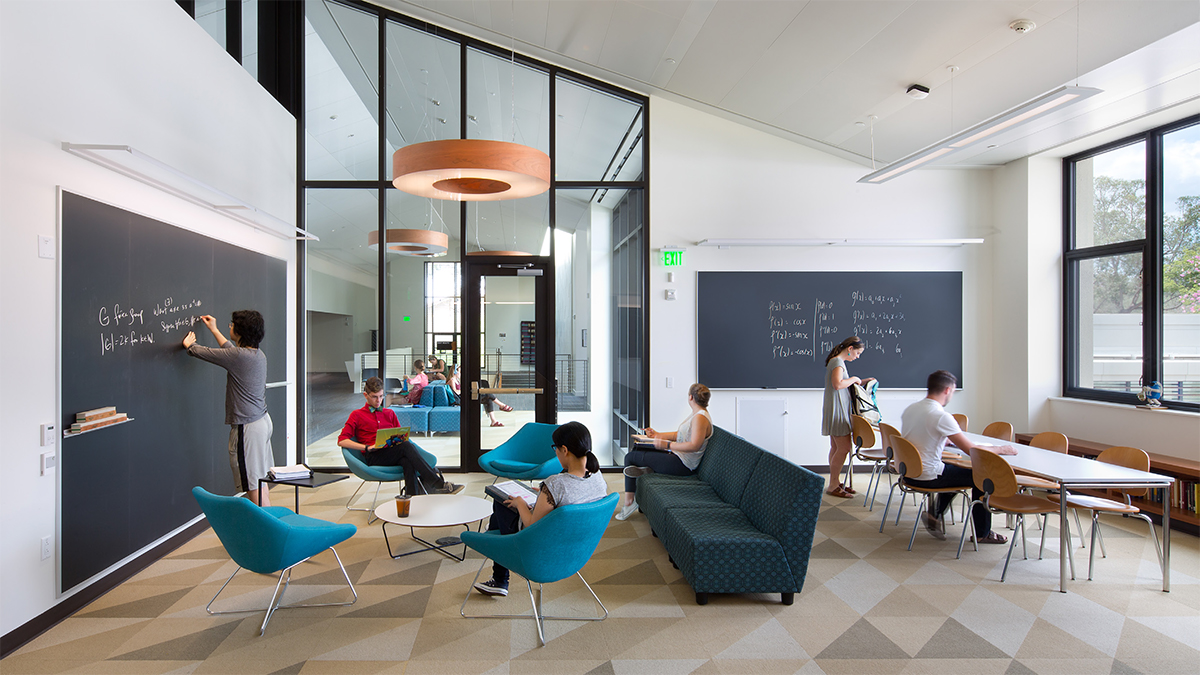
David Lehrer April 16, 2019
CBE has released an interactive web-based tool for the early phases of design of high thermal mass radiant systems, that may be used to predict steady-state conditions for both heating and cooling modes, greatly facilitating a standard design practice. However it can also predict dynamic (transient) performance for cooling, taking into account the effects of changing loads and the effects of thermal mass of the building structure.
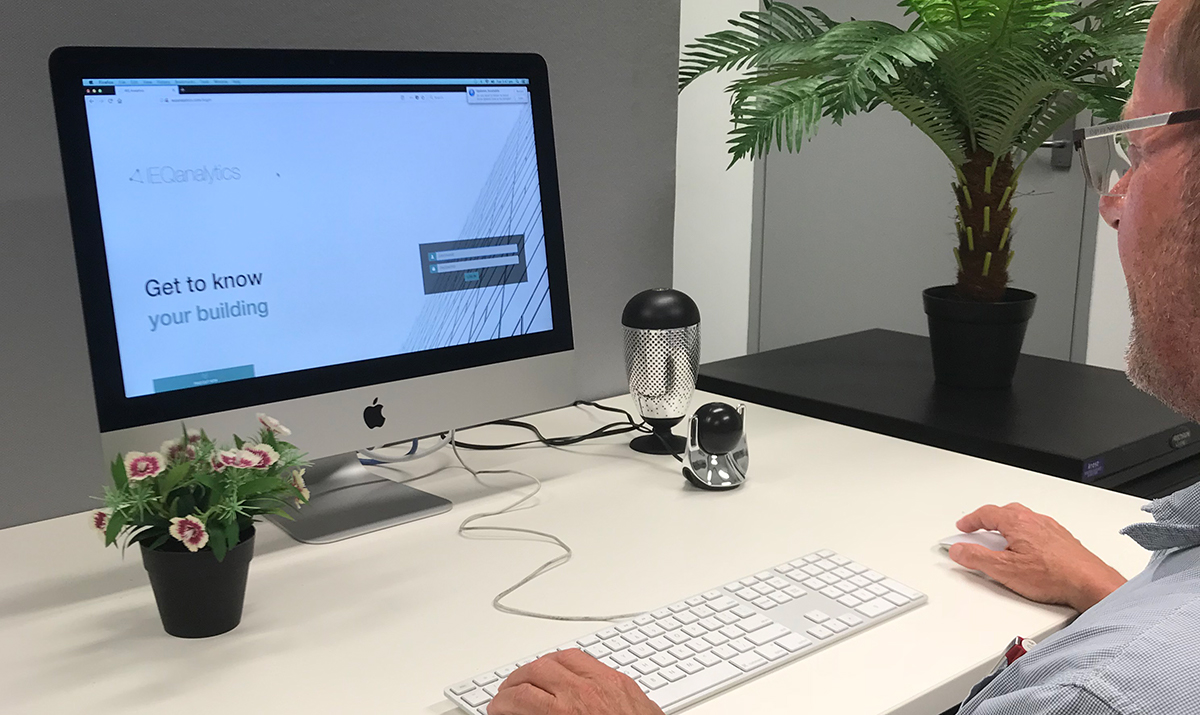
Thomas Parkinson February 14, 2019
Companies aspiring to sustainability and wellness have focused on managing workplace indoor environmental quality (IEQ), however undertaking IEQ measurements in a reliable manner can be challenging. In this post we discuss why continuous monitoring technologies are ideal for evaluating building IEQ performance.
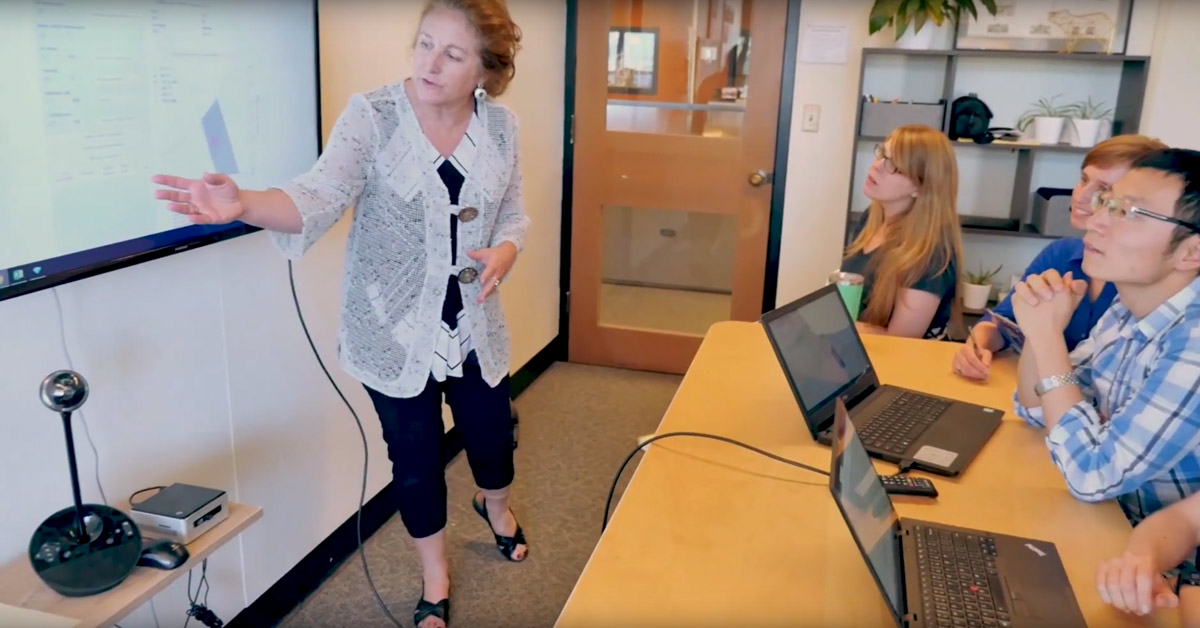
David Lehrer February 14, 2019
CBE has produced a short video to showcase how our research team works with a diverse community of industry leaders to advance new technologies and promising design and operation strategies.
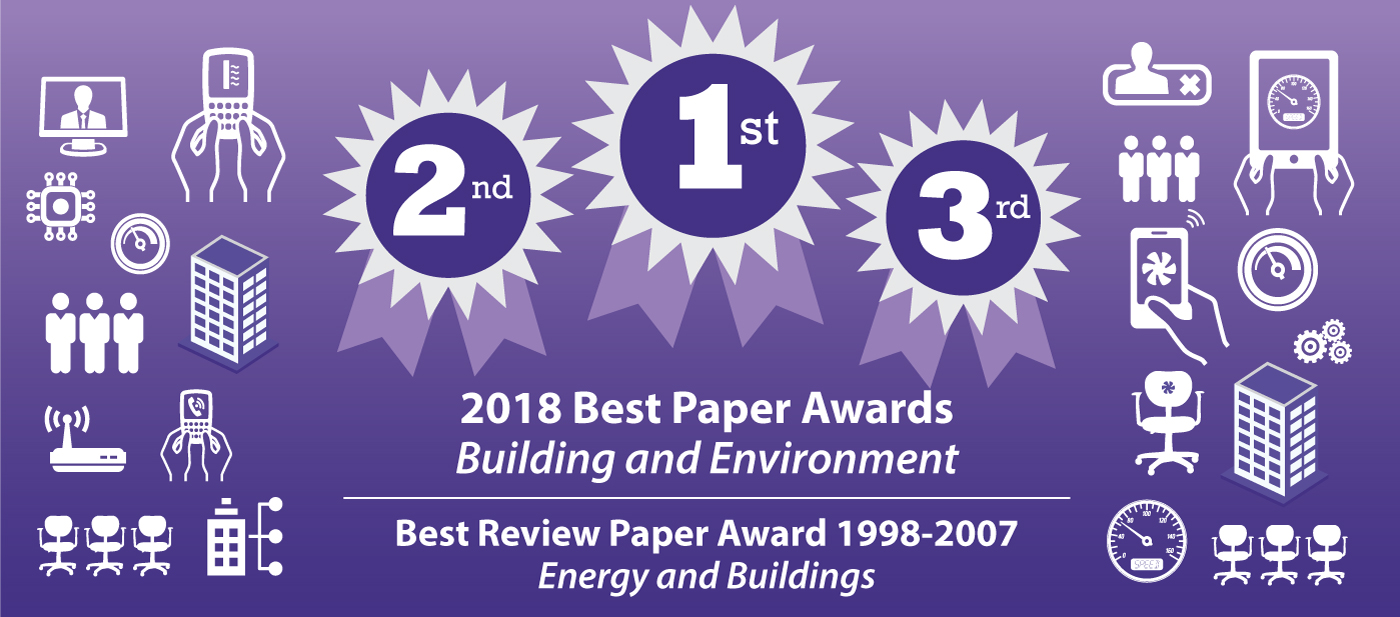
David Lehrer January 8, 2019
Researchers from CBE and our collaborators from SinBerBEST (a Berkeley-Singapore research collaboration) were awarded all three 2018 Best Paper Awards given by Building and Environment, an international journal that publishes original research related to building science and human interaction with the built environment.

David Lehrer January 8, 2019
At the 2019 ASHRAE Winter Conference on January 12th-16th, several CBE faculty, researchers, students and alumni will present recent results and demonstrate new design tools. For those of you not able to attend you can view the PDFs in this blog post.
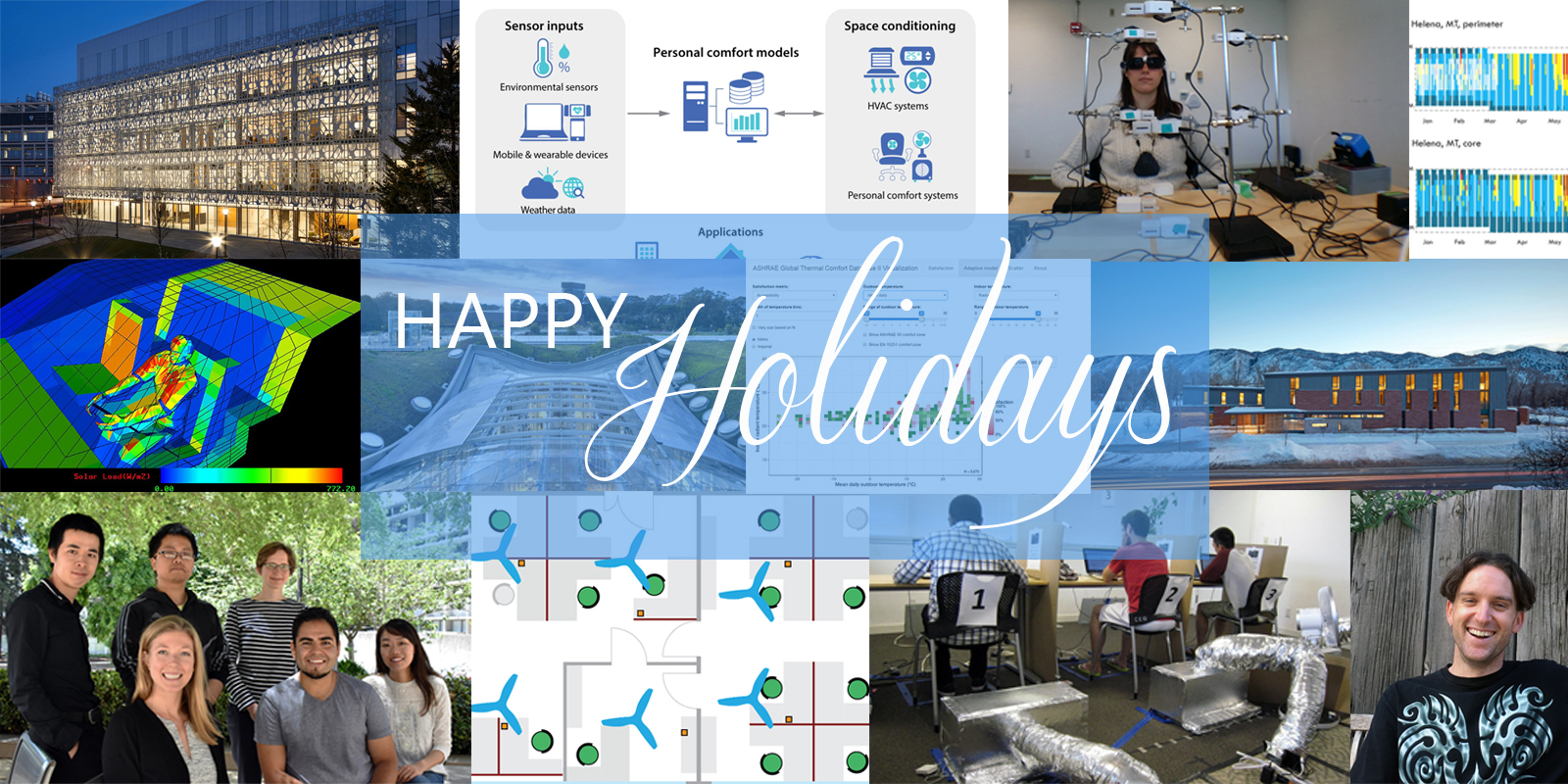
Centerline Team December 13, 2018
As 2018 comes to a close, here at CBE we can look back on many successes over the year: More industry partners than ever; new tools for practitioners; numerous publications; new funding, scholarships and awards; and welcoming new graduate students, visitors, and post-docs to our team.
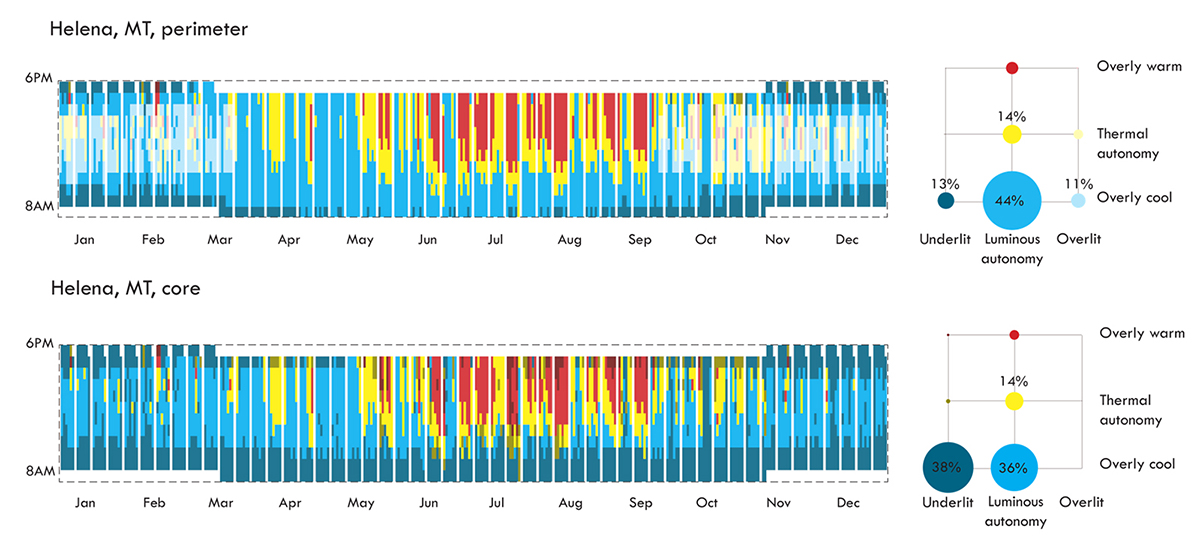
David Lehrer November 17, 2018
The gap between predicted and measured building performance poses an ongoing challenge for design teams and other building industry stakeholders. Because reliable methods for predicting building performance are critical to addressing this challenge, students, researchers and faculty at CBE are developing and testing new approaches to building performance simulation. In this post we describe recent and upcoming papers that discuss new and innovative simulation methods.
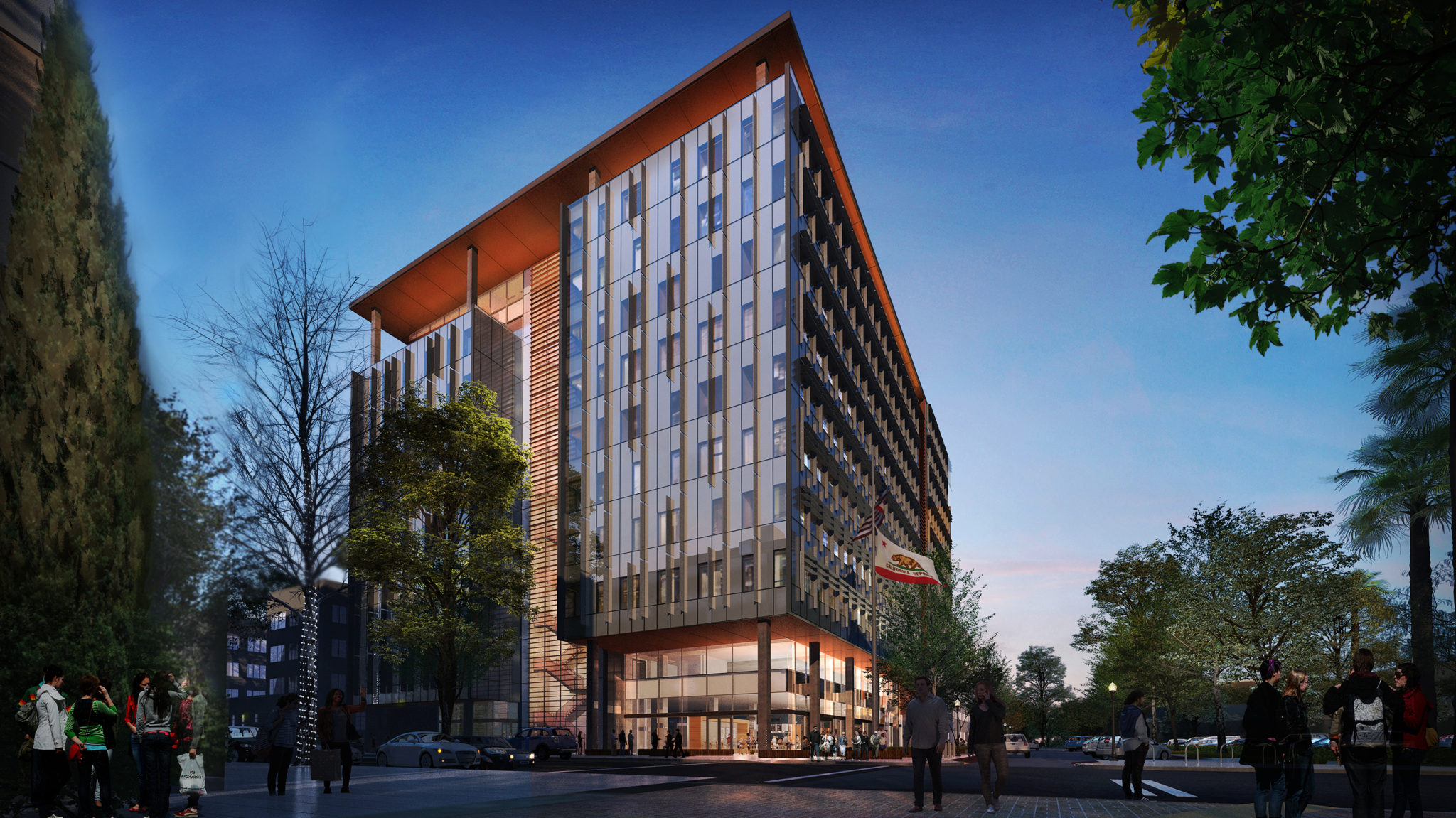
Centerline Team November 15, 2018
As one of the West Coast’s premier general building contractors, Rudolph and Sletten has been at the forefront of new building technology and cutting-edge trends for over 50 years, producing some of the most recognizable and iconic structures in California. The company focuses on markets requiring technical expertise such as biotech, pharmaceutical, higher education, healthcare, technology, high-rise, corporate campus, and justice.
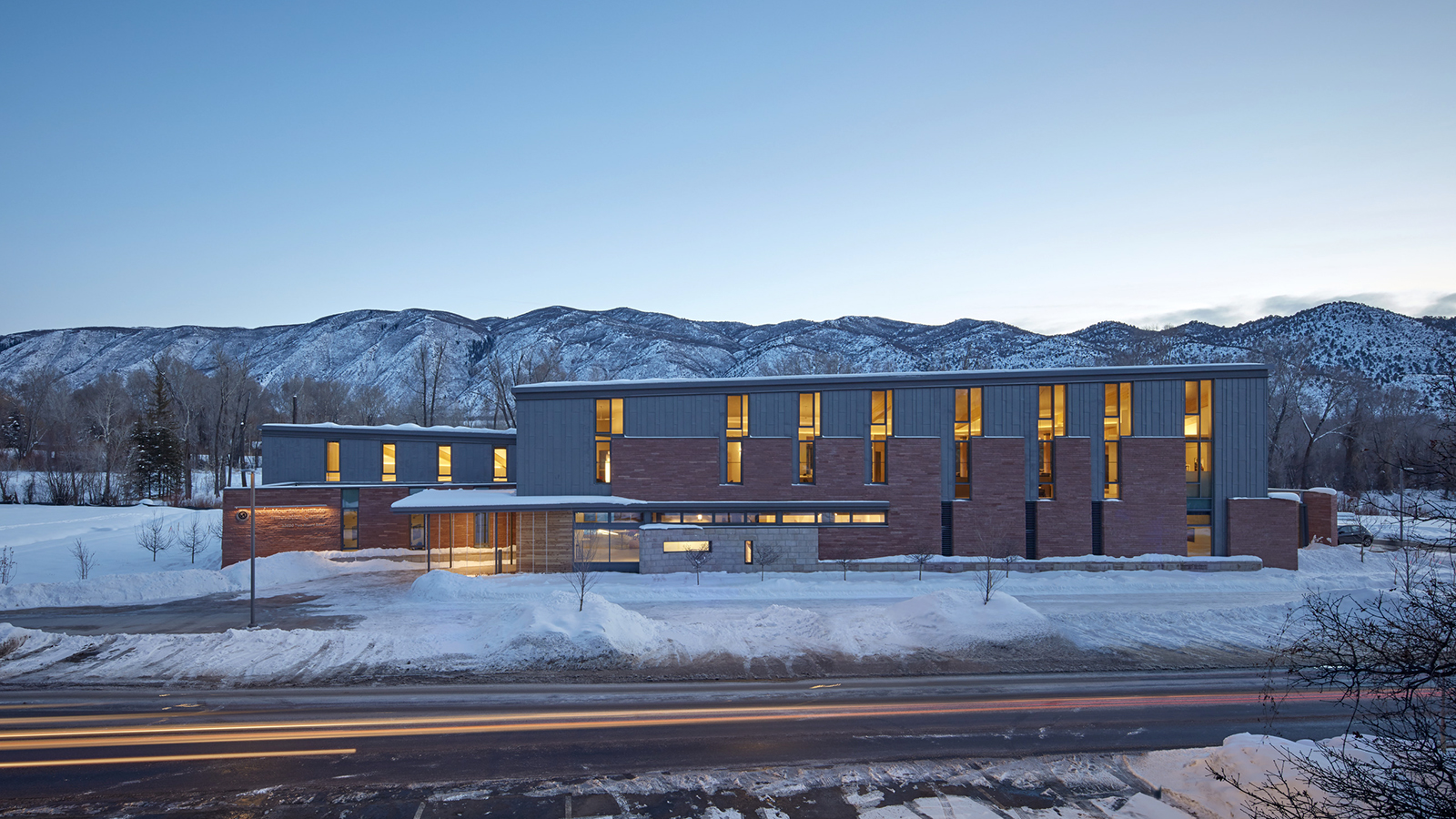
Centerline Team October 15, 2018
Now in its twelfth year, the Livable Buildings Award recognizes projects that demonstrate high occupant satisfaction, excellent design, and innovative operation strategies. This year, we are pleased to announce the Rocky Mountain Institute Innovation Center as the top winner, with an honorable mention for the Pomona College Seaver Laboratory and Andrew Science Hall.
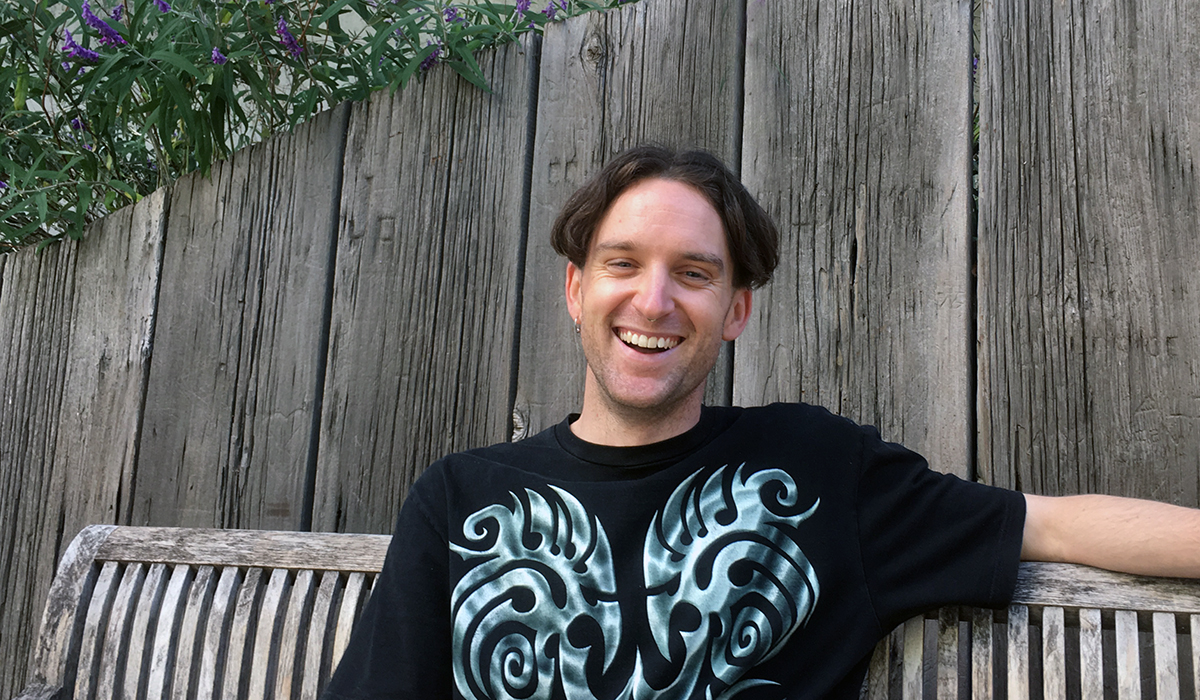
Centerline Team October 15, 2018
This spring, CBE’s research team was joined by post-doctoral researcher Thomas Parkinson, a leading expert on thermal perception in dynamic environments. Thomas earned his Ph.D. at the University of Sydney where he studied with long-standing CBE research collaborator Prof. Richard de Dear. He later became a lecturer there until his journey east to UC Berkeley.










